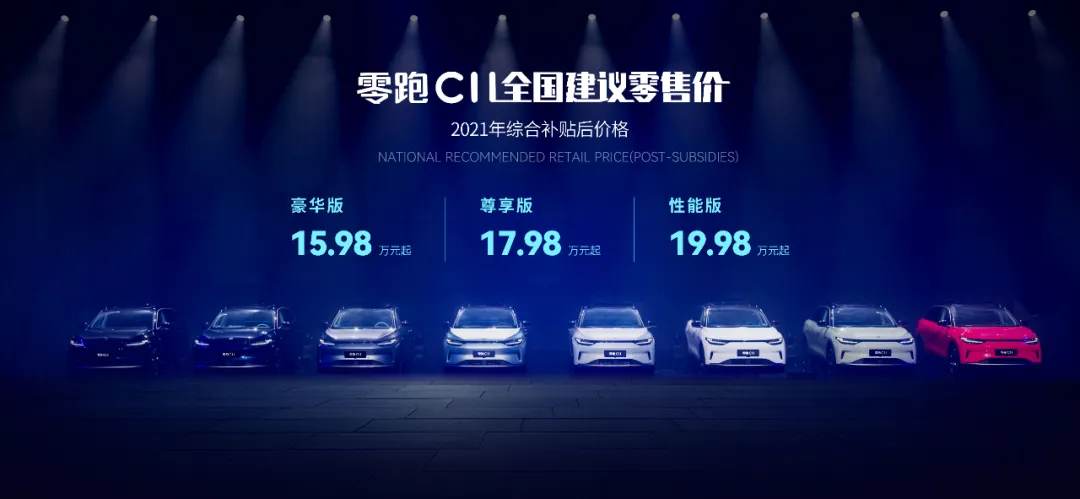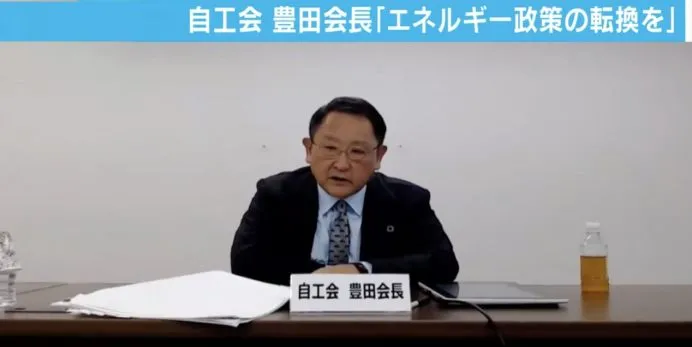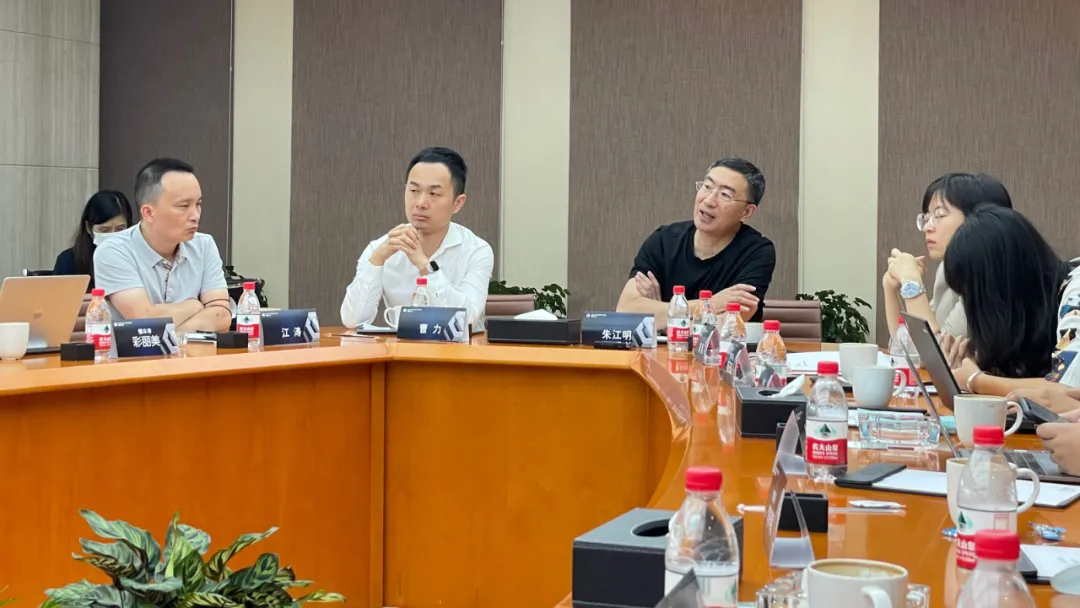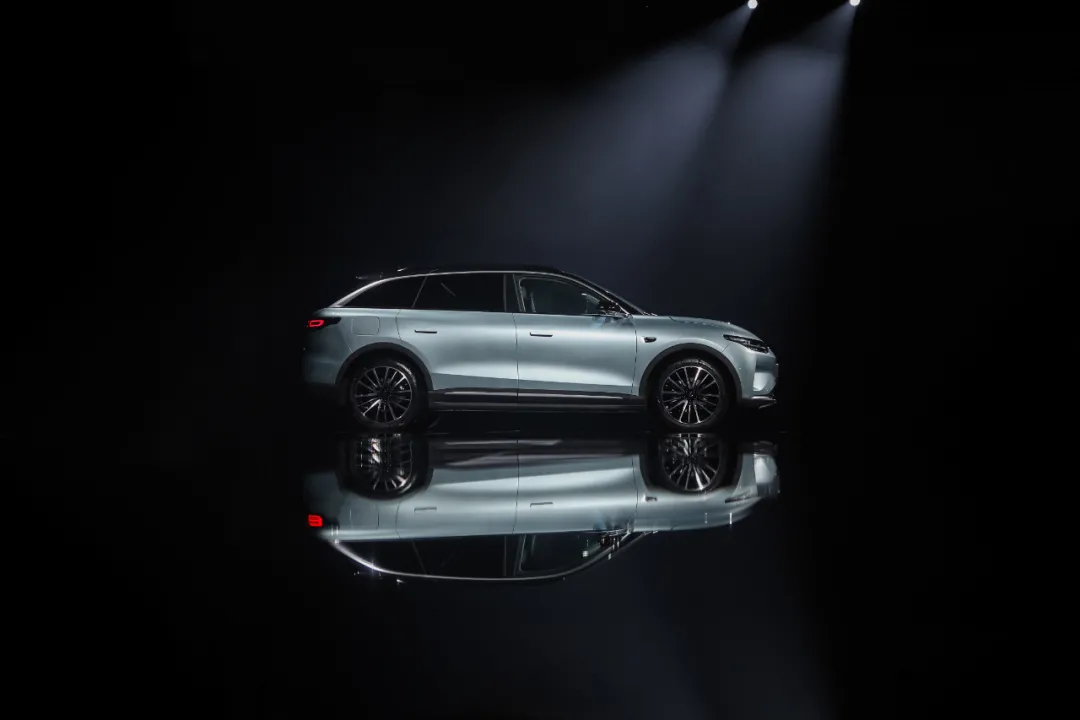Author: Zi Li from Tiexi District
On September 28th, the Release of LINGPAI C11 with a price of:

An interesting point is that the recently released three EV models, XPeng P5, Renault Yi, and LINGPAI C11, are all priced in the range of 150,000 to 200,000 yuan. This price range is gradually becoming crowded, especially considering that there will be Tesla Model 2 and NIO’s new brands in the future, plus potential participants such as Voyah, IM, and Jihou. To say the least, “the mountain rain is coming.” Moreover, there are also participants like Geometry at a lower price, so the entire market of 100,000 to 200,000 yuan seems to be a market waiting for electric vehicles to penetrate.
Toyota and Honda’s quiet last days
The cake for joint venture brand gasoline vehicles is mostly concentrated in the 100,000 to 200,000 yuan market, and the basic market is undoubtedly the 150,000 to 200,000 yuan market. It is difficult for independent brands to compete, luxury brands simply cannot afford to sink down, and this is also the main market for the most popular joint venture compact SUVs, and both the significance and importance are very clear.
Just the entry of LINGPAI C11 into this market, let alone Toyota and Honda, even Kia and Peugeot simply don’t care – please forgive the headline – but including LINGPAI C11, XPeng P5, and Renault Yi, all entered the market of EVs in large numbers, and there are also competitive opponents such as Tesla and NIO’s new brands. The situation seems not very good. Obviously, the entire EV camp has set its sights on this market, and they are all ready to move in.
Looking at the current state of the 100,000 to 200,000 yuan gasoline vehicle market, Volkswagen still has a high share, but its slump is becoming more and more evident, with prices falling and terminal discounts throughout the year. The situation of American brands is similar, while Korean brands have been struggling for years. The true owners of this market are undoubtedly the Japanese brands. Toyota and Honda have been thriving in recent years, and the nourishment of this price range market is indispensable. RAV4, CR-V, Camry, Accord, all have glorious days.
However, it cannot be ignored that the reason why Toyota and Honda have been dictating terms in this market for years is due to their main rivals shifting their focus. Let’s see what those old rivals are up to. Volkswagen is desperately pushing its ID series, with Diess almost smashing his rice bowl; Ford’s Mach-E is getting closer and closer to the Chinese market, and its sales in North America seem to be doing well, with thousands of units sold per month. Previously, some media reported that its inventory period was only 11 days, and in March it was as low as 7 days.The situation is almost clear at a glance: strong competitors like Volkswagen and Ford have invested heavily in the direction of electric power transformation, and the development of fuel cars is no longer the core project. They have voluntarily given up some of their discourse power (price or sales) in the field of fuel cars and sought their own position in the future EV market. Toyota and Honda have taken the opportunity to consolidate their position in the fuel car market. As for the transformation, it is still in the stage of oil-to-electric transition, and they still refuse to accept the future of electric vehicles in their hearts.

Market expectations are subjective, and no one dares to say for sure what will happen. However, the increasing momentum and voices have recognized that a penetrance rate of 10% is an important stage, and the commercialization of EVs will accelerate in the future. And the capital that Japanese car makers have been enjoying for years, ranging from 150,000 to 200,000 units, is now facing a large-scale invasion. Is it really not panicking at all? Really, not at all?
Maybe Japanese car makers are really not panicking, but it doesn’t matter. Whether Toyota and Honda are panicking or not will not affect the market trend. What will affect the market trend is what will happen when companies like Leapmotor produce vehicles like the C11.
The History of Price Butchers
Before this, the XPENG P5 had already received many positive reviews for its cost performance. The Leapmotor C11 exceeds it in every way.
First of all, in terms of size, the C11 is a midsize SUV, which is one level larger than the P5, which is a compact car, not to mention that the C11 is even larger as an SUV. Moreover, the performance configuration is as dazzling as the price. According to official data, the zero-to-100 km/h acceleration of the performance version can reach 4.8 seconds, and the respective NEDC-standard cruising ranges of the luxury version, premium version, and performance version are 510 kilometers, 610 kilometers, and 550 kilometers, with all configurations being standard, and the only difference between the different versions is the cruising range and zero-to-100 km/h acceleration.
Its cost performance is at the level of a price butcher. Leapmotor founder Zhu Jiangming defined the price in this way: “We have no competitors.” It is a product in an entirely new system, so there are no competitors. Or, all car models at this price range are competitors, and the market is won over by cost performance. “We have no brand” – there is no brand premium.
But how did the C11 achieve such a low price of only 150,000 to 200,000 yuan? On the second day of the launch event, “Electric Vehicle Observatory” was invited to visit Dahua Share, which incubates the Leapmotor project, and participated in a group interview with Zhu Jiangming. Some of the contents of this trip can explain the low price of the C11 to a certain extent.
DH-Security’s core technology is video acquisition and analysis, and its business scope has expanded from security to include logistics, production, and other areas. Some of its core technologies overlap with automotive intelligence to varying degrees. For example, the self-developed AI driving chip “Lingxin 01” used by the C11 is actually jointly developed by Zeropark and Dahua, and both companies will use it. This means that some of Dahua’s technological achievements can be applied or shared to varying degrees in Zeropark’s design, development, and production. Although they are newcomers to the automotive industry, from an intelligence perspective, they are experienced in making cars.
Zhu Jiangming also admitted that Lingxin 01 is the result of a specific period and specific limitations. The reason for starting this project was that at that time, Mobileye was the only supplier of mature AI chips for car-grade regulations, but its black box nature contradicted Zeropark’s full-stack self-development route, resulting in Zeropark and Dahua joint development of the chip.
Purchasing chips is a more cost-effective way of managing costs. Although C11 has just been launched and has not yet achieved any results, it has already proven something very important, that is, Zeropark insists on a low-cost, low-profit, and scale-up business strategy. Zhu Jiangming quoted Lei Jun’s view in an interview: “Hardware post-tax profit margin cannot exceed 5%.”
This also leads to Zeropark’s plan for the next stage-its models will use lithium iron phosphate in the future.
Zeropark’s Cost-Effectiveness and Personality
Nowadays, when it comes to Zeropark, many people will no longer think of the poorly-selling S01 coupe. Zeropark is not like Wei Xiaoli, a capital darling with its own traffic. At the beginning, they tried to take a different approach beyond cost-effectiveness. To some extent, the poor sales of the S01 allowed more people to get to know Zeropark.
On the other hand, S01 also proves that Zeropark is not just a company that only pursues cost-effectiveness without imagination. They also have personality. For example, in the choice of the intelligent driving technology route, Zeropark is in the same camp as Tesla and believes in machine vision.
Zhu Jiangming is not very interested in the fusion of multiple sensors: “Now everyone does not believe in the accuracy of (millimeter wave) radar, which is why its sensitivity has been lowered,” “Now the maturity of LiDAR also needs to be improved, at least from the principle and actual testing results.” “The more fusion is involved, the more difficult it becomes. As long as one inaccurate signal is adopted, there will be a wrong judgment, and an emergency brake will result in a rear-end collision.”
Being a price butcher gives Zeropark persuasiveness, but personality and attitude make an enterprise infectious and create diverse companies with thousands of different faces. This is the value of EVs entering the core market of fuel-powered vehicles. They have strong persuasiveness and even make past traditional products look so boring and tasteless.
This article is a translation by ChatGPT of a Chinese report from 42HOW. If you have any questions about it, please email bd@42how.com.
